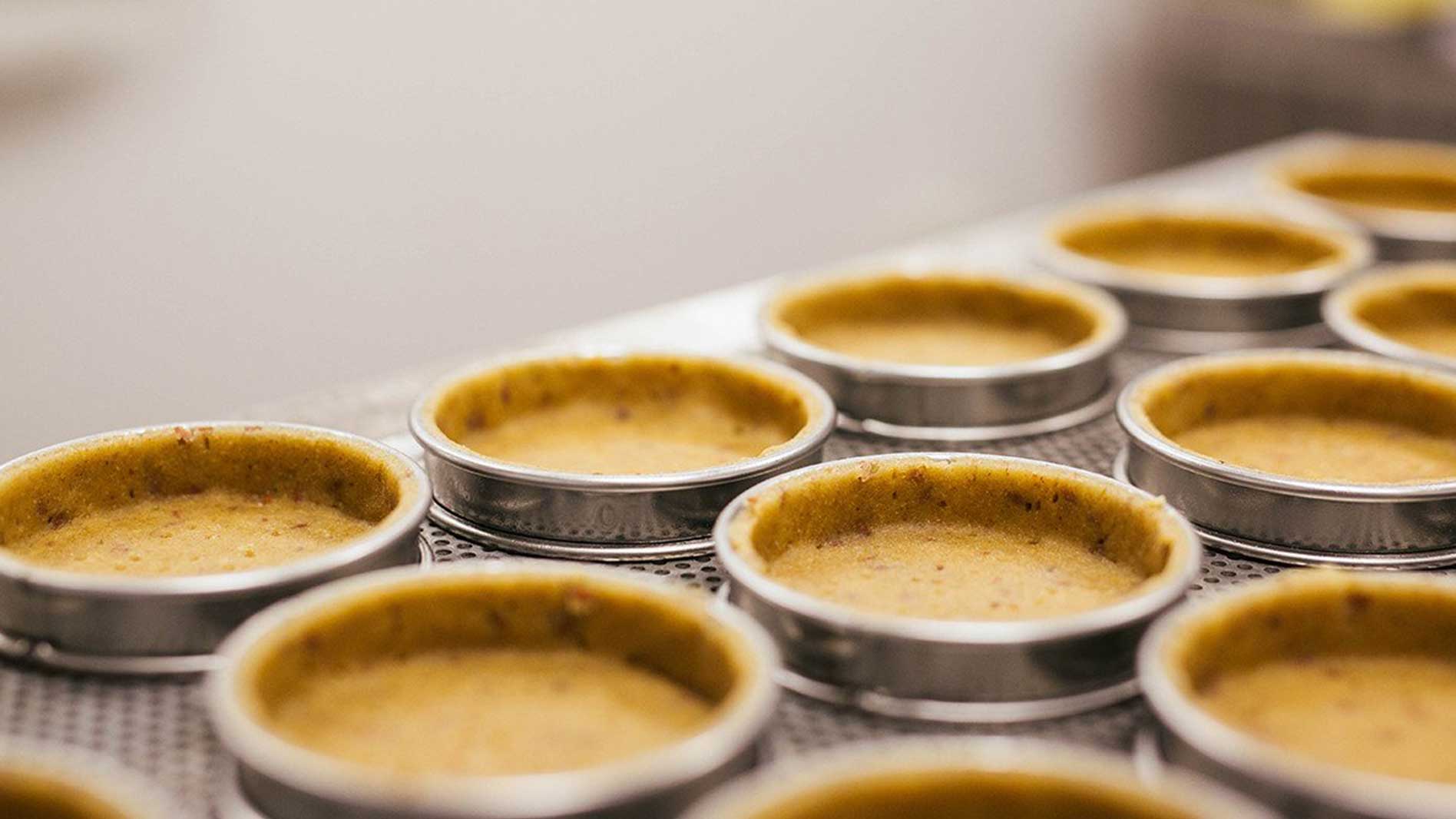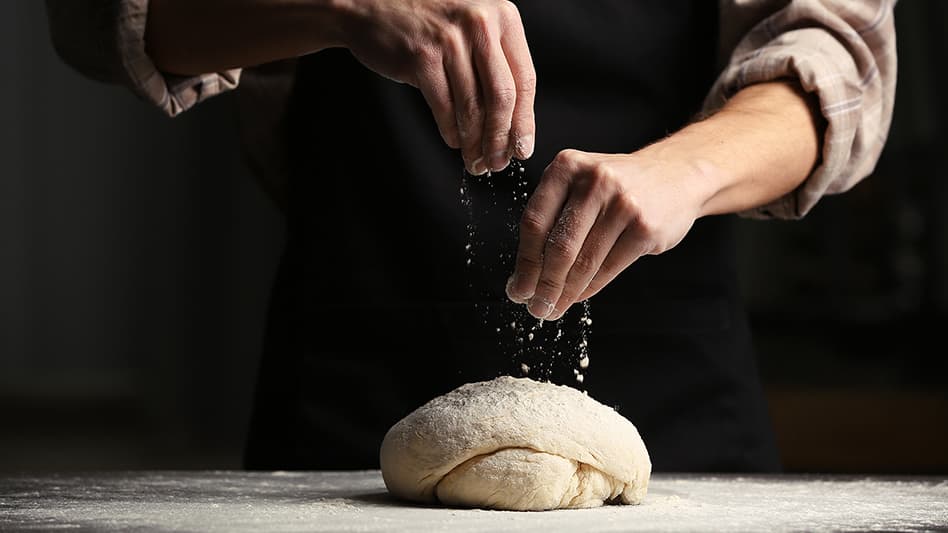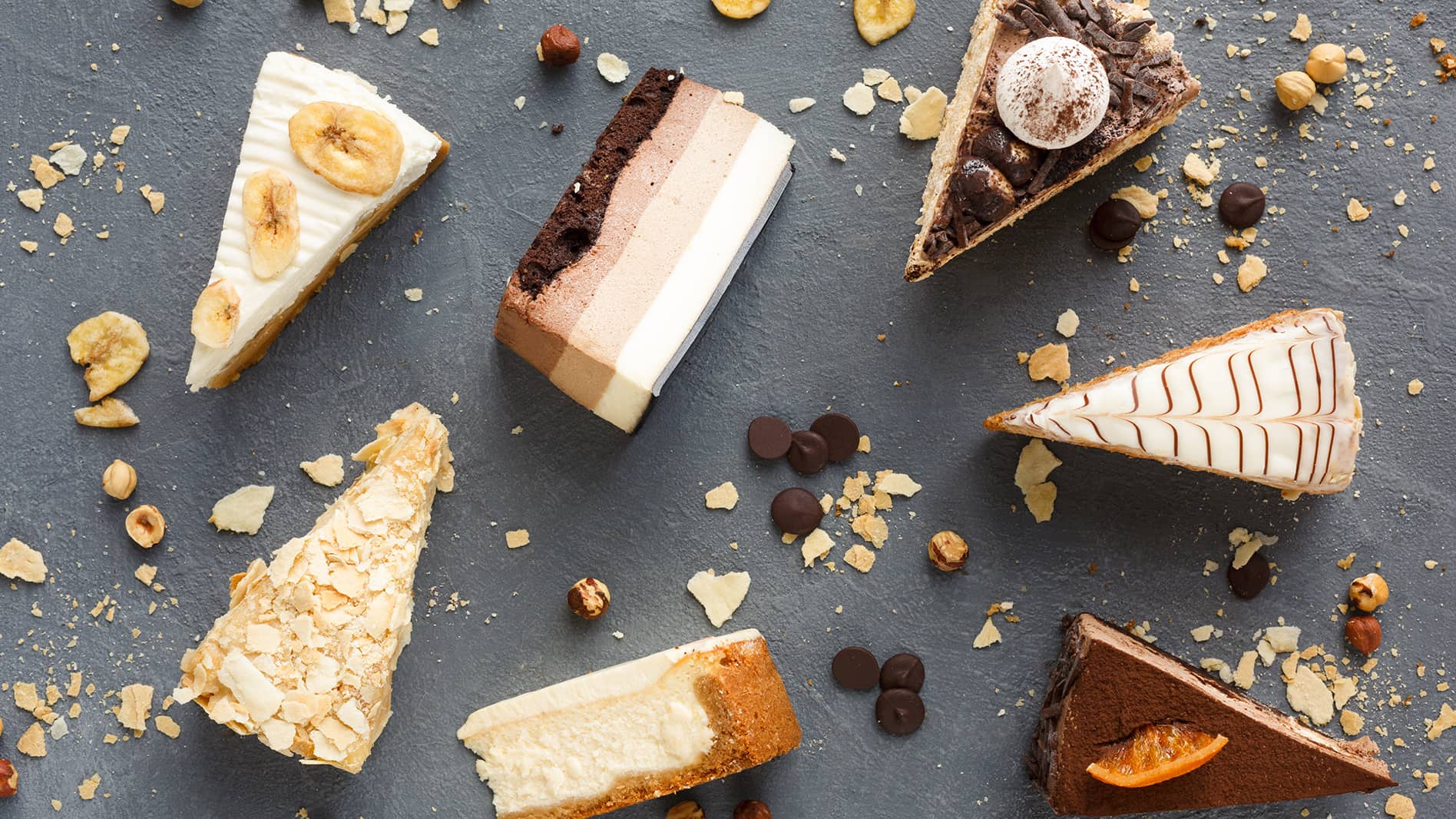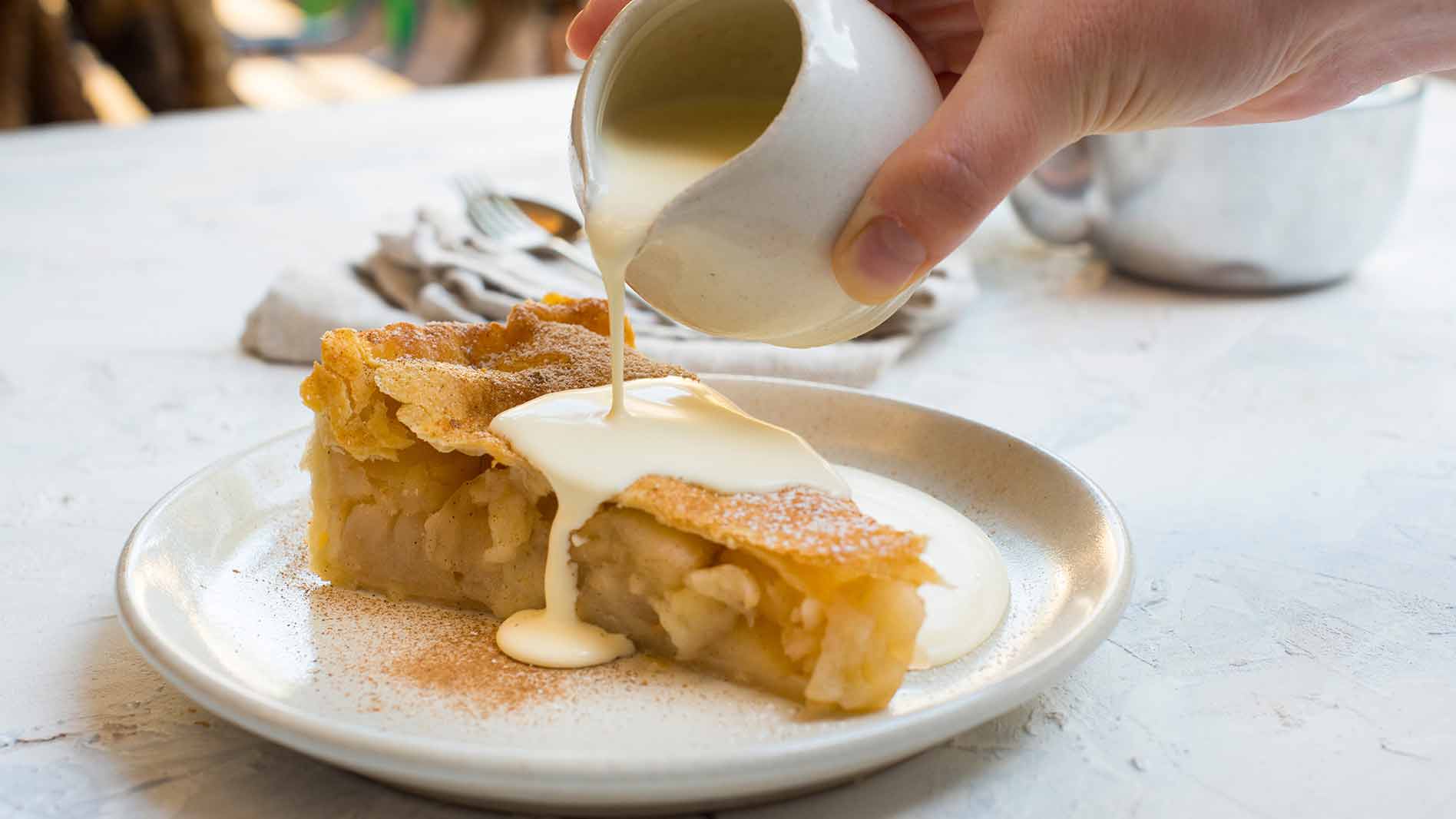Be inspired with recipes created by chefs.
Sign up for updates about products, special offers, news and promotional materials from Goodman Fielder.

Summary
Sugar not only adds sweetness to a sweet shortcrust pastry it makes it basically more tender. Adding sugar to the flour before the water helps protect the flour from the water that you’ll add to bring it together, reducing gluten formation.
There is an art to cutting your fruit for a pie filling. As a pie bakes, water from the filling converts from liquid to gas, and air pockets expand. Simultaneously, the fruit shrinks in volume and soften, so they fall into crevices more readily. This can result in a sizeable space between crust and filling. For a truly fruit-packed pie, slice fruit like apples flat instead of cutting them into wedges, and pat them down in the crust to make sure they lie flat, which minimises collapse later.
Think of butter as a gas. Butter is really just a bunch of teeny tiny water droplets dispersed in a matrix of fat. In the oven, these water droplets convert from liquid to gas. This means that the chunks of butter you can see in your dough are really just big pockets of air waiting to happen. More air = flakier crust! While butters with the highest butterfat content are generally synonymous with the highest quality butter, when it comes to baking pie a slightly lower fat content, and higher water content, may be a good thing.
The famous Maillard reaction – the chemical reaction that occurs between amino acids, which comprise proteins, and sugar molecules like lactose – that is essential for colour and flavour happens faster at a higher temperature. For a browner, more flavourful crust, set your oven to at least 375°C, and before baking, brush the pie with egg wash (protein) with heavy cream mixed in (more protein, and lactose).
When flour meets water, a gluten protein network forms, which gives your dough structure. But you don’t want gluten to form so extensively that it toughens the crust. Replacing a portion of water with alcohol or vinegar can help impede gluten formation. If you replace all the water with alcohol, you’ll be able to taste it – which may not be a bad thing!
Related Ideas
A Chef’s Guide to Gluten Free Baking
Want to know how to turn your bakery goods into a gluten free delight? Check out our gluten free baking guide now.
The Top 5 Desserts Your Customers Are Craving
Is your dessert menu in need of a freshen up? Are you trying to work out what your customers just can't get enough of? Well, here they are!
Classic Sweet Apple Pie
There is nothing better than Grandma's traditional apple pie, so why not bring it to your venue today?



